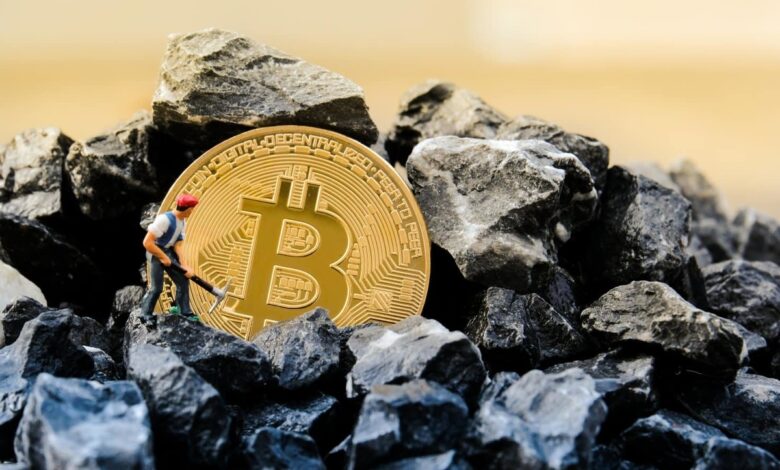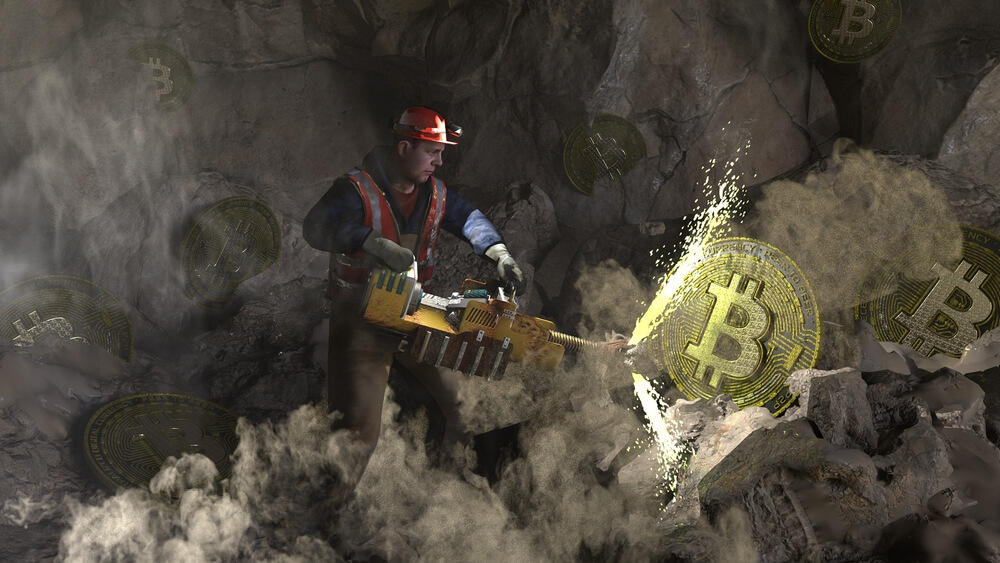Bitcoin Miners Hoard Bitcoin During Profit Squeeze

Bitcoin Miners Stockpiling Strategy As the market tightens, Bitcoin miners in the United States are reversing their strategy and relying on an old tactic: hoarding their earned coins. The decision was made in response to rising energy prices, fiercer competition, and the fallout from the Bitcoin halving event, which cut miners’ incentives in half and put even more pressure on profitability.
Companies such as Mara Holdings, Riot Platforms, and CleanSpark have raised more than $3.7 billion from investors since November, taking advantage of the dramatic increase in the price of Bitcoin. Last month, the cost of Bitcoin touched $100,000. This money has been wisely invested in Bitcoin, building a reserve to protect against potential financial crises in the future. Bitcoin, the digital gold, is the prize in what these companies are doing, which amounts to a modern treasure hunt. Their strategy includes financing these acquisitions with zero or nearly zero coupon convertible notes, which suggests a firm faith in Bitcoin’s long-term worth regardless of short-term market swings.
Bitcoin Mining Boom
The election of Donald Trump has further accelerated the rush to acquire Bitcoin since the new president has pledged to have the cryptocurrency “mined, minted, and made in the USA.” As a result of this political change, miners are feeling more optimistic; thus, they are increasing their reserves. The plan isn’t merely to stay in business; it’s also to set yourself up for expansion when the market turns around. Following the lead of MicroStrategy, an industry trailblazer in purchasing Bitcoin with long-term convertible bonds, miners like Mara Holdings are shifting their business models to focus on amassing the maximum amount of Bitcoin feasible.

The accumulating method is not without its difficulties, though. The hash rate has achieved an all-time high, the sum of the processing power utilized to mine and process transactions on the Bitcoin network. A greater hash rate indicates that mining new blocks is becoming more difficult and that competition is heating up. Since energy consumption increases, the profit margin gets much more squeezed as the hash rate increases. According to the US Energy Information Agency, bitcoin mining could already be using 2.3% of the nation’s grid, demonstrating the enormous energy demands of the industry.
Beyond Mining: New Revenue Streams
Despite these obstacles, the high price of Bitcoin miner’s stockpiling strategy has contributed to an important indicator of mining profitability—the hash price—which has risen by 32% since Trump’s victory. Revenue per unit of hashing power is a measure that miners can use to gauge their performance. Miners proceed cautiously, knowing a price downturn could wipe out these gains. Miners can protect themselves from price swings by keeping a buffer of Bitcoin in their wallets, which they can sell if prices fall or save for future gains.
Additionally, miners diversify their holdings rather than merely hoarding Bitcoin Miners Stockpiling Strategy. Many are looking into alternative revenue sources to mitigate the dangers linked to Bitcoin’s volatility, such as the AI and HPC industries. With the Bitcoin halving event lowering mining rewards and miners’ immediate income, this diversification is considered a prudent approach to distributing risk. Consequently, businesses are trying to find ways to use their current infrastructure for various kinds of high-computing jobs to secure a steady cash flow.
Looking at this strategy in its larger context reveals an industry change. Bitcoin miners are now more than just a source of supply and demand; they actively participate in the market. Miners may cause a supply shock by hoarding their coins instead of selling them right away, which might lead to an increase in the price of Bitcoin if other miners follow suit. As a result, holding could become more profitable as prices rise in response to lower supply, creating a self-fulfilling prophecy.
In Conclusion
Bitcoin miners in the US are adapting to a landscape where traditional profit models are under strain. By stockpiling their mined Bitcoin, they’re protecting against immediate profit squeezes and betting on Bitcoin’s long-term value. While not devoid of risks, this strategy reflects a nuanced understanding of cryptocurrency economics, particularly from energy costs and market corrections. It’s a gamble on the future of digital currency, one where the stakes are as high as the potential rewards. As the industry evolves, investors and analysts will closely watch these strategies, looking for signs of resilience or further vulnerability in the world’s leading cryptocurrency mining sector.




